| Size | Trade Gallons, Two Gallons, Three Gallons |
|---|
Rhododendron calendulaceum – Flame Azalea (B&B.DR.FRG.H.HMR.M.NB.OP.RR.SHWY.SPC)
$40.00
Ecosystem Services:
(B)-Birds (B&B)-Birds & Butterflies
(BTF)-Butterflies (BW)-Black Walnut Resistant
(DR)-Deer Resistant (DRGHT)-Drought Resistant
(EC)-Erosion Control (EVR)-Evergreen
(FC)-Fall Color (FRG)-Fragrant
(GRD)-Groundcover (H)-Host plant
(HMR)-Hummingbirds (M)-Mammals
(MTH)-Moths (N)-Nectar
(NB)-Native Bees (NST)-Nesting Material
(OP)-Other pollinators (RR)-Rabbit Resistant
(SHWY)-Showy (SPC)-Specimen Plant
Flame azalea is an upright, woody, deciduous shrub in the Ericaceae (blueberry) family that typically matures to 4 to 8 feet tall (infrequently to 10 to 15 feet tall) and 8 to 10 feet wide.
It is native primarily to woodland slopes and mountain balds in the Appalachian Mountains from Pennsylvania to Georgia. This species is an important parent of many deciduous azalea hybrids.
Plant flame azalea in full sun to partial or deep shade with moist, well-drained, acidic, loamy or sandy soil. It does not tolerate dense clay so amend with organic material if necessary. Protect from afternoon sun, which can scorch the leaves.
Prune rhododendrons and azaleas after they bloom to preserve the current season’s bloom, and allow time for the plant to produce flower buds for next year’s bloom. Rhododendrons and azaleas set next year’s flower buds by mid to late summer.
The fiery red orange nectar rich flowers appear from late spring to mid-summer and attract pollinators. The thin, gray-brown bark is showy and adds winter interest in the garden with its finely shredded appearance.
Slow to establish, this plant is ideal to add some bright, warm spring color in a woodland or naturalized landscape. Use it as a specimen or plant it in groups for a shrub border or even as a hedge. Add it to a pollinator garden where it will attract butterflies, bees, and hummingbirds.
All parts of the Rhododendron genus contain the poisons Andromedotoxin, Grayantoxin.
As a host plant, Rhododendron alabamense can be a food source or a place where certain insects lay their eggs or develop.
Members of the genus Rhododendron support the following specialized bee: Andrena (Andrena) cornelli, and bumble bees.
Only logged in customers who have purchased this product may leave a review.

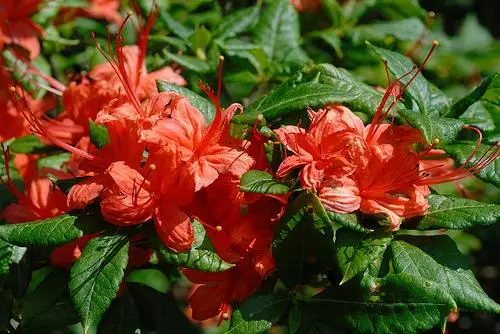
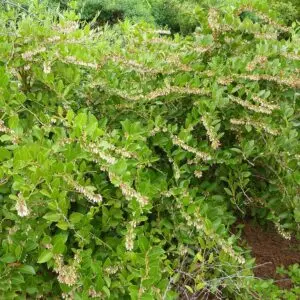
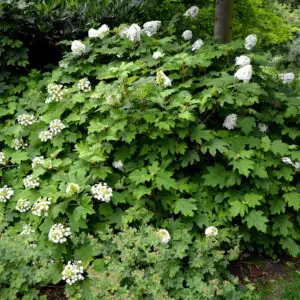
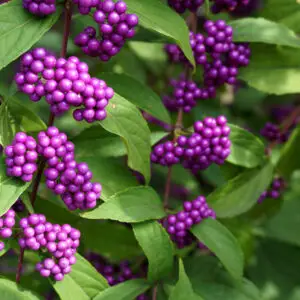
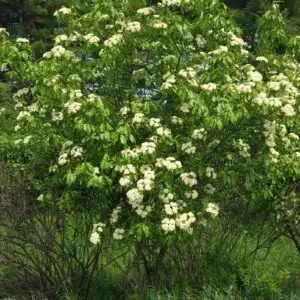
Reviews
There are no reviews yet.